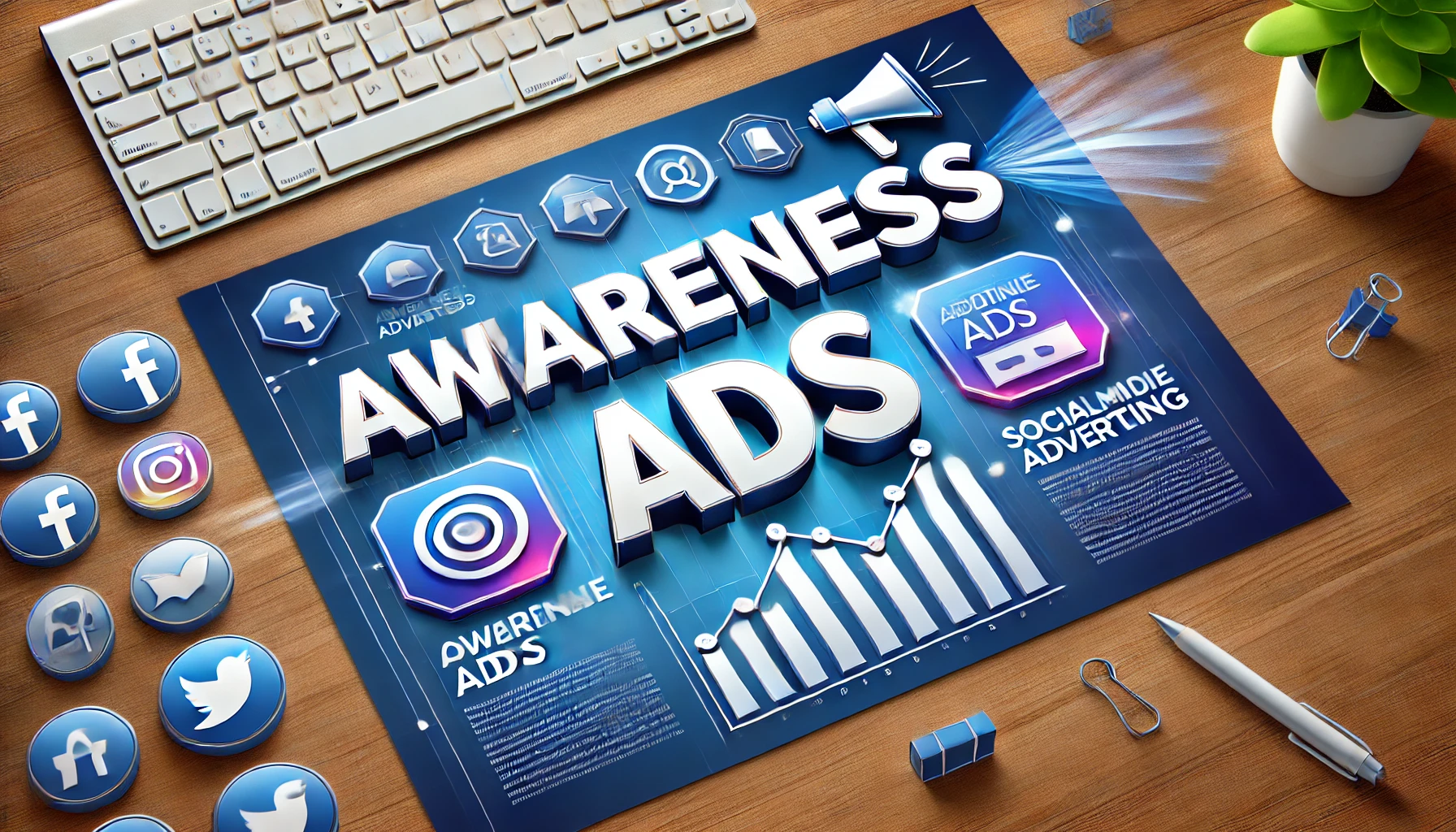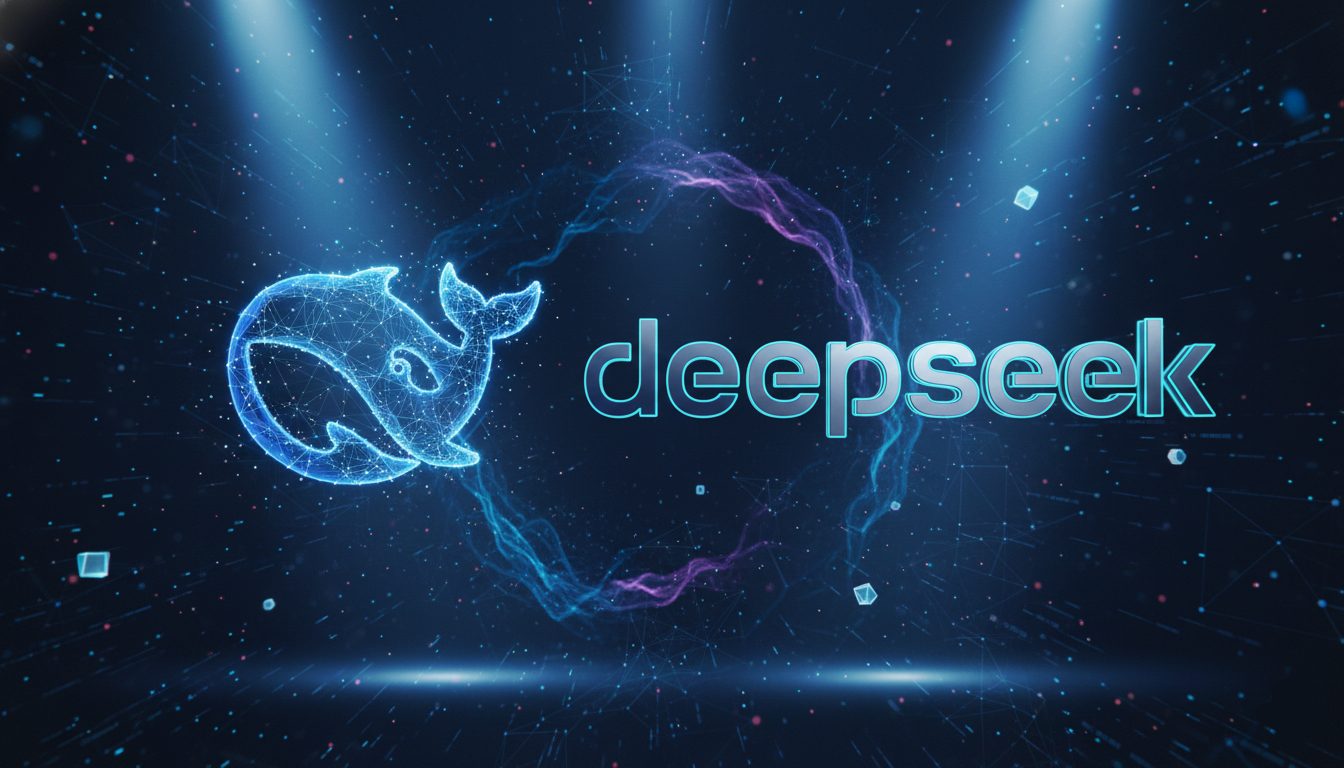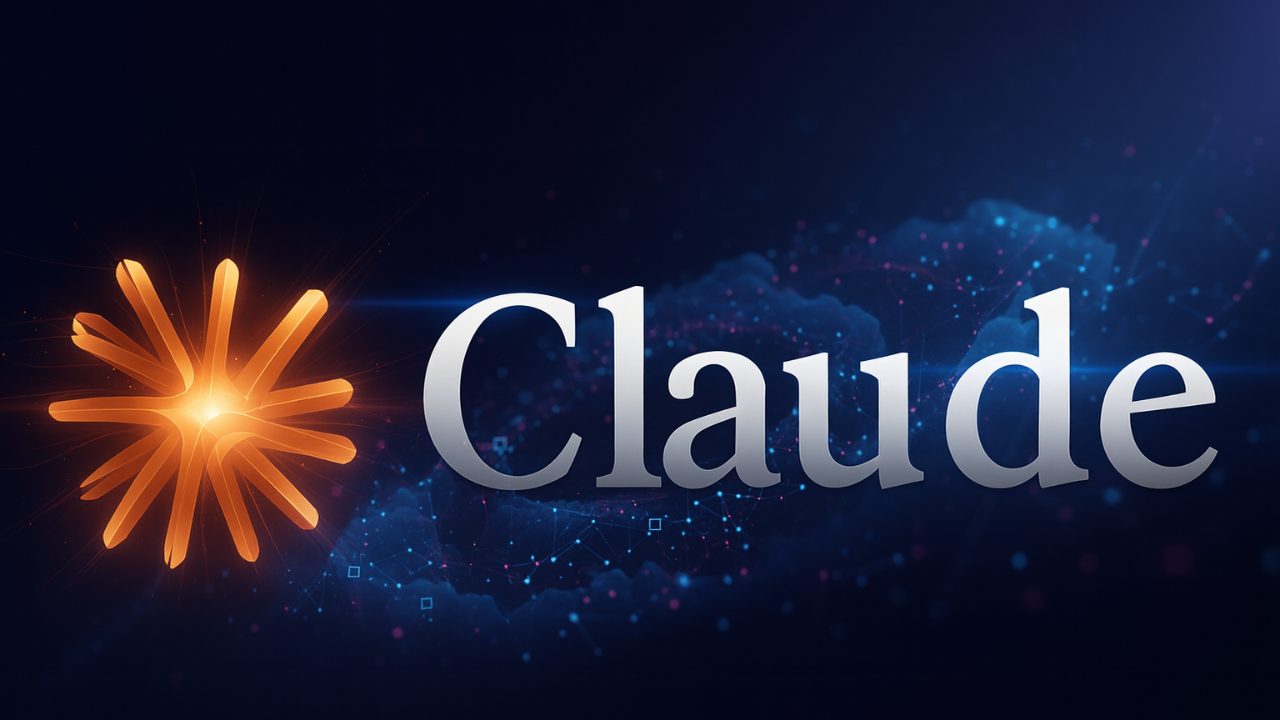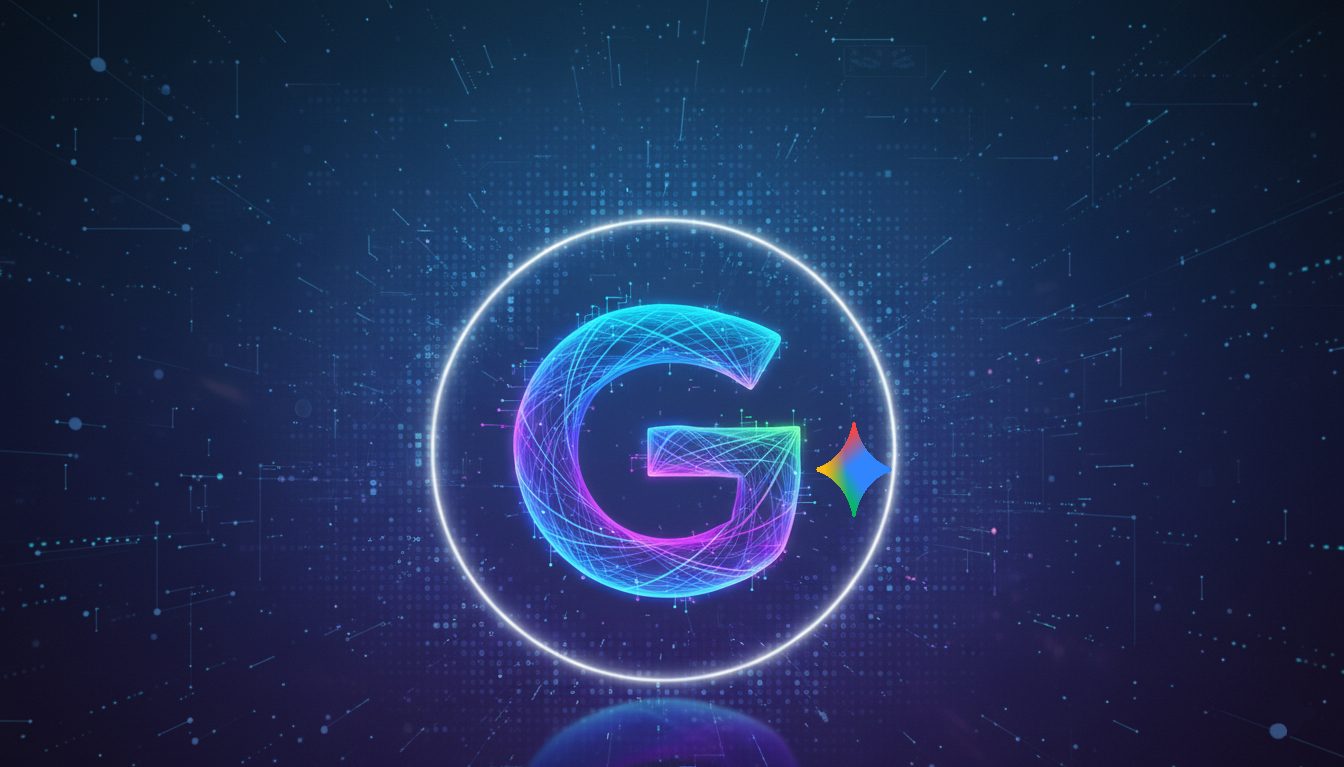Ever seen a snowball roll down a hill, gathering more mass with every turn, growing bigger and stronger? That’s quite similar to the amazing power of awareness advertising.
It starts with a small push, a well-placed ad, and a compelling message. Then, as more people see it, share it, engage with it, and spread the word, the momentum builds, growing into an unstoppable force.
In this guide, we’ll explore how to craft that initial spark, create ads that attract attention, and share inspiring examples of brands that have built empires from a single snowflake.
Let’s show you how to build your own.
What is awareness in marketing and advertising?
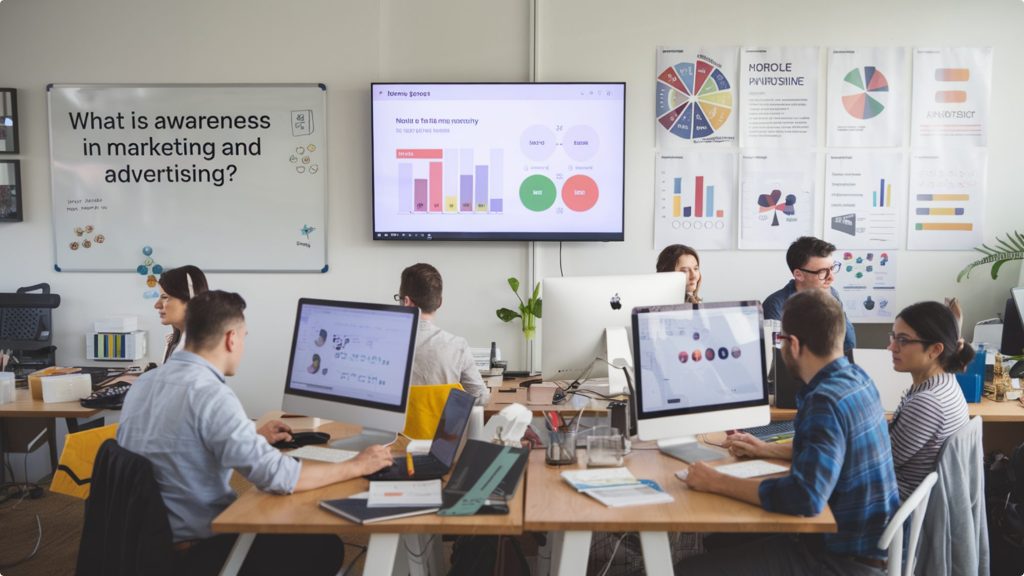
Let’s start by acknowledging something we think we can all agree on: in today’s saturated market, simply having a great product or service isn’t enough.
You need to make sure people actually know about it – and that’s where awareness comes in. It’s the first step in any marketing strategy, the spark that ignites the customer journey.
Think of awareness as the gentle introduction, the first handshake, the initial “hello” in a crowded room. You’re making your brand recognizable amidst a sea of competitors. It’s the difference between being just another name on a list and being the one that people remember.
Remember how a simple doll took over the world?
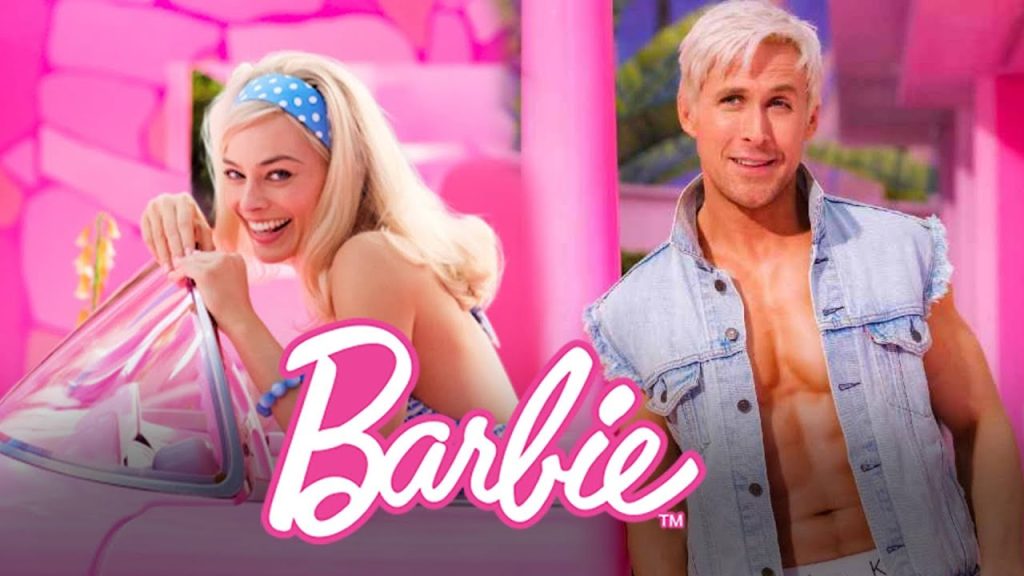
(Image taken from the Barbie trailer.)
Do you remember the buzz surrounding the “Barbie” movie in 2023? Even before its release, the clever marketing campaign had everyone talking.
From the iconic pink aesthetic to strategic partnerships and social media teasers, it turned “Barbie” into a cultural phenomenon, transcending its status as a mere movie.
It showed the power of building awareness, and it’s just one real-world example among many we’ll be sharing with you here.
How do you build awareness that sticks?
Awareness isn’t built overnight. It requires a well-crafted awareness strategy that combines creativity, consistency, and valuable content. Targeted outreach is the name of the game here.
You need to make sure you’re talking to the right people and giving them something that actually matters to them.
For example, if you’re selling kitchen tools, don’t just focus on the product. Show how it makes prepping dinner faster after a long day at work.
What are awareness campaigns?
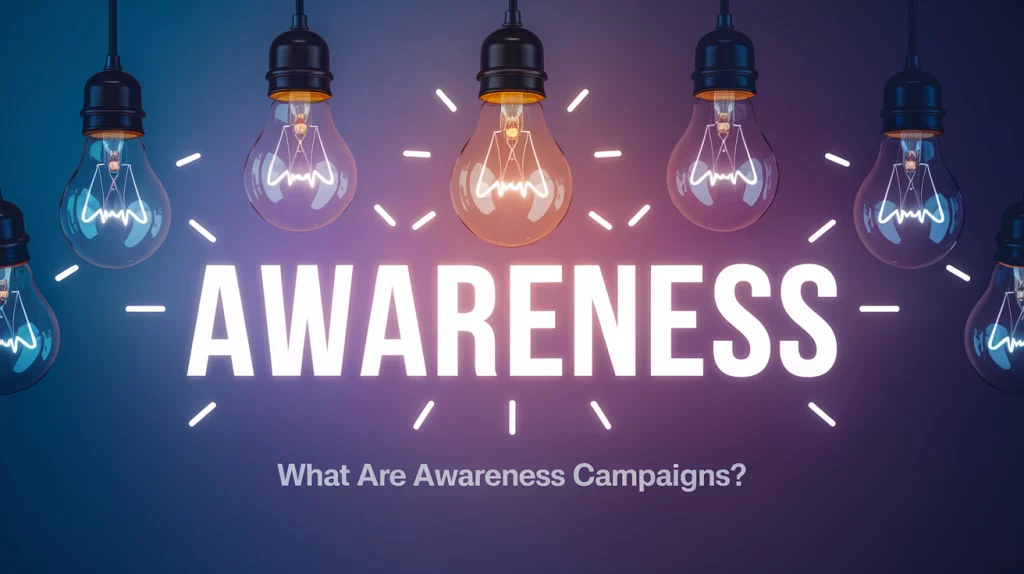
Think of the last time you discovered a new brand you loved. Was it a flashy billboard or a pushy salesperson? Probably not.
More likely, it was a recommendation from a friend, a captivating social media post, or an article that truly resonated with you.
This is the magic of awareness campaigns, but let’s get specific about what they are:
Definition:

An awareness campaign prioritizes building genuine connections and plants the seeds of curiosity, not the hard sell.
Awareness campaigns focus on crafting positive experiences that make people want to learn more about your brand. They show your unique value, tell your story, and connect with your target audience on a deeper level. As a company owner, you need to create a sense of familiarity and trust, even before someone is ready to make a purchase.
Pro Tip: In essence, awareness campaigns are the first steps in converting your potential customers into passionate brand advocates. But why build them on your own and add them to your already heaving To-Do list?
Hiring an experienced digital marketing agency solves this problem for you – letting you focus on your stock, your staff, and a multitude of other day-to-day tasks.
What should your awareness stage ads do?
Your awareness ads are the first chance to connect with your target audience. They need to make a strong impression and provide genuine value.
1. Build Trust Through Openness
Consumers today are often skeptical of digital ads. In fact, we did a little digging for you and discovered that one study found that 89% of consumers are still weary of digital advertisers.

To counter this, we believe you should focus on transparency.
Use social media posts or blog posts to share authentic stories about your brand—like how your products are made or the real impact your company is having. This approach helps build customer loyalty by making your brand more relatable and trustworthy right from the get-go.
2. Anticipate What Comes Next
Understanding what your ideal customers might need before they do is key to building connections. Here’s how:
- Gain Deeper Insights by combining Google Analytics with AI tools like IBM, Watson Analytics, and Adobe Analytics to analyze large datasets and predict customer behaviors.
- Leverage Customer Data Platforms such as Segment and Tealium to gather and segment data, enabling more precise targeting.
- Apply Insights to create video content or audio advertising that meets your audience’s specific needs, such as offering time-saving tips or stress management tools for busy professionals.
This approach ensures your brand remains relevant and helpful in your customers’ daily lives.
3. Personalize Thoughtfully
Personalization can make your ads more impactful, but it should be done with care. Instead of overwhelming your audience, use subtle cues in your display ads and campaign content to suggest related products or services.
For example, if someone has shown interest in outdoor gear, a follow-up ad could highlight accessories that complement their previous choices. This creates a smooth experience that feels intuitive rather than intrusive.
4. Tell Stories That Connect
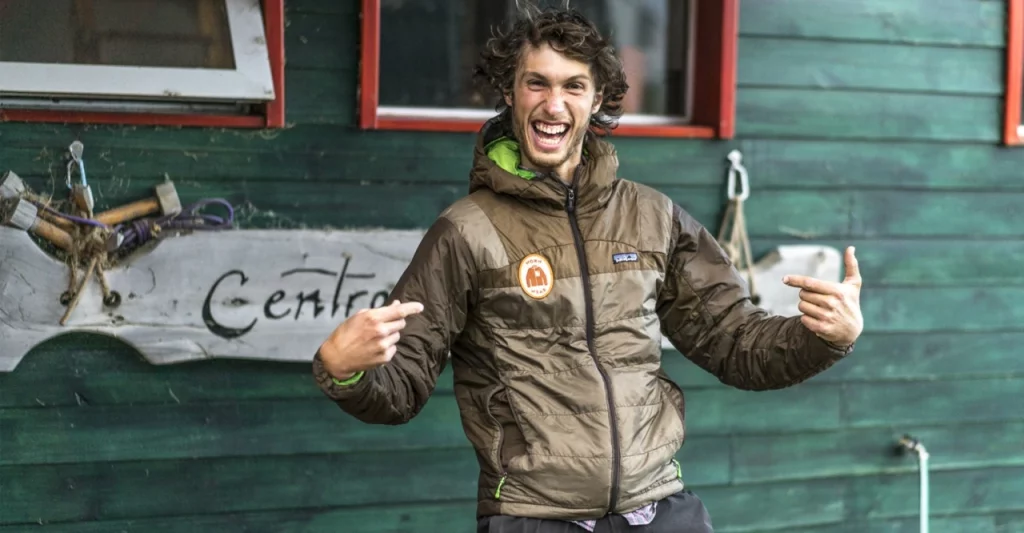
And speaking of outdoor gear: look at brands like Patagonia that focus on sharing how their products are used in meaningful ways, such as environmental conservation efforts. Ever notice how people in the wild confidently wear this brand, embracing it as a part of their outdoor identity?
People connect with stories that reflect real-life experiences. And by using content to show how your products fit into your customers’ lives, you create a deeper connection with your wider audience.
5. Mix Digital with Physical
While digital ads dominate, don’t overlook adding a little physical advertising on the side. Posters or in-store displays in high-traffic areas can broaden your audience reach.
For example, placing a QR code on physical ads allows viewers to quickly engage with your digital content, bridging the gap between offline and online worlds.
Awareness campaign examples
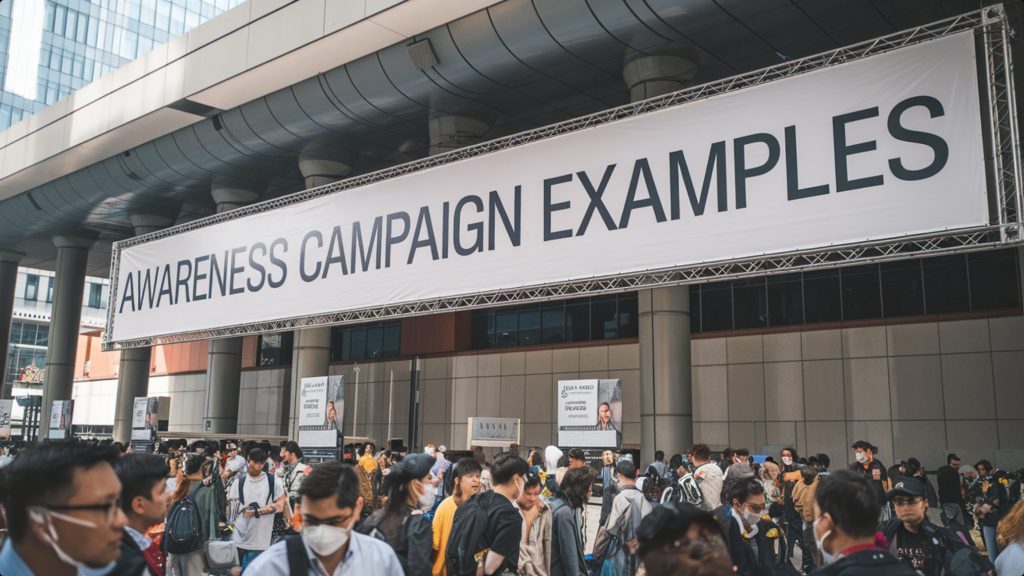
Awareness campaigns often succeed by engaging audiences through creative and strategic marketing.
Here are five examples we enjoyed where brands built awareness in compelling ways:
Spotify Wrapped
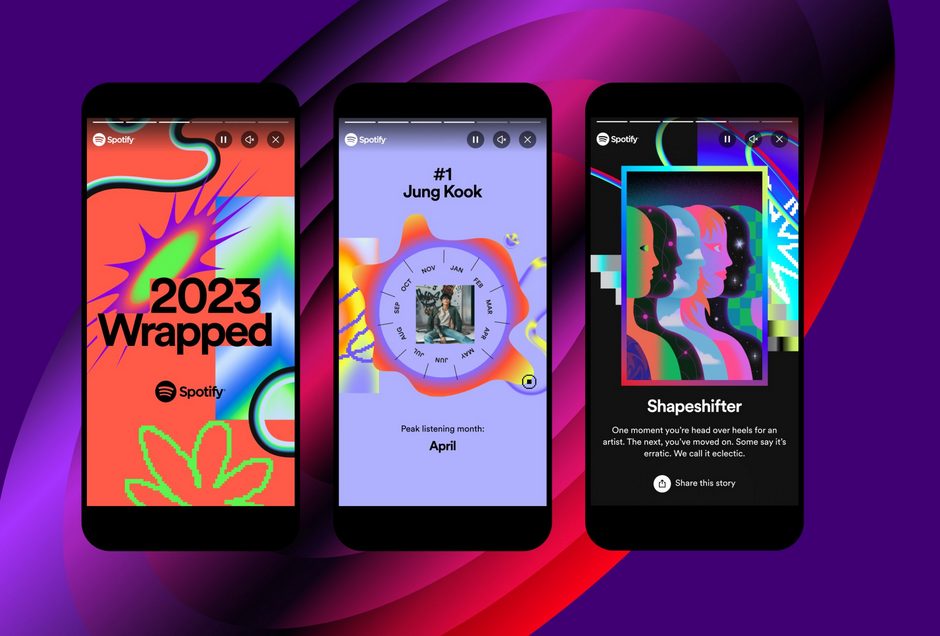
(Image taken from Spotify’s Newsroom.)
Spotify’s “Wrapped” campaign is a standout in social media content. Each year, Spotify provides users with personalized summaries of their listening habits, encouraging them to share these on social media.
This strategy increases both user engagement and brand awareness, turning their users into free promoters. Every December, without fail, you’ll see at least one friend showing off their Spotify Wrapped on their socials.
The campaign is a clear example of content marketing driving organic reach.
Old Spice – The Man Your Man Could Smell Like
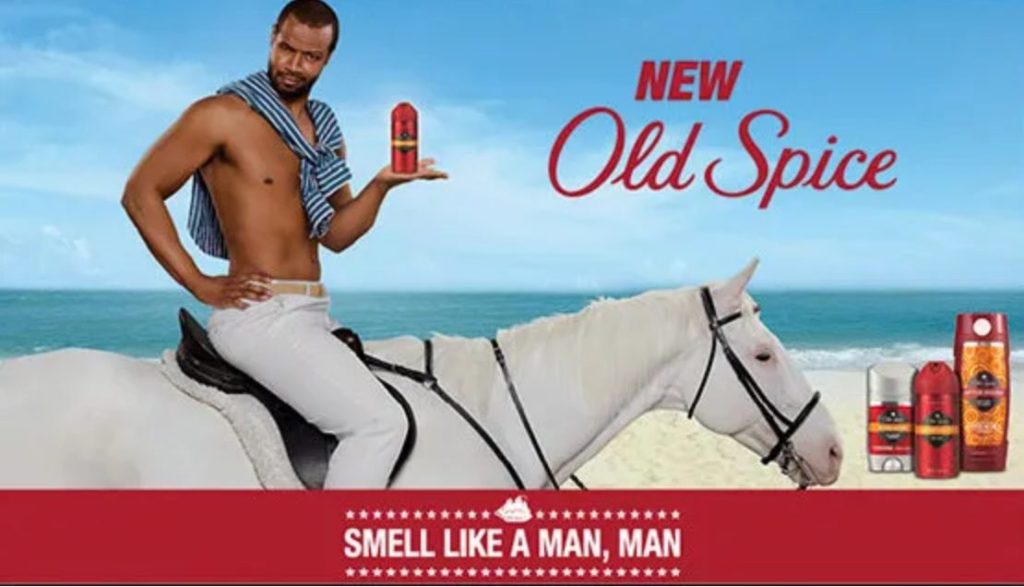
(Image taken from Medium’s article)
In 2010 Old Spice used advertising heavyweights Wieden & Kennedy and reinvented its brand with this campaign, using humor and striking content. The ad quickly went viral, appealing to a younger demographic and significantly increasing the brand’s visibility.
The end result? Old Spice successfully leveraged digital campaigns to rebuild its image, showing how a well-done campaign can revitalize a brand.
Always – #LikeAGirl
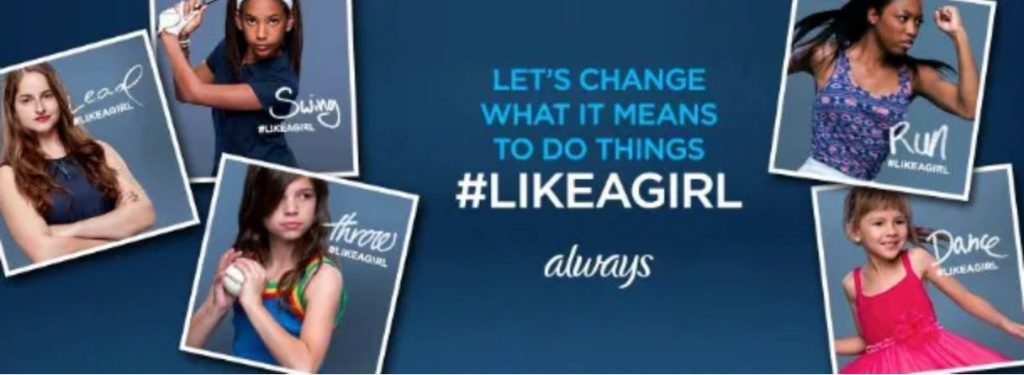
(Image taken from Medium’s article.)
The #LikeAGirl campaign from Always tackled gender stereotypes head-on, transforming a phrase often used negatively into one of empowerment. Through engaging social media marketing and viral video content, Always connected deeply with its ideal audience, reinforcing a positive tone of voice around female empowerment.
Airbnb – #WeAccept
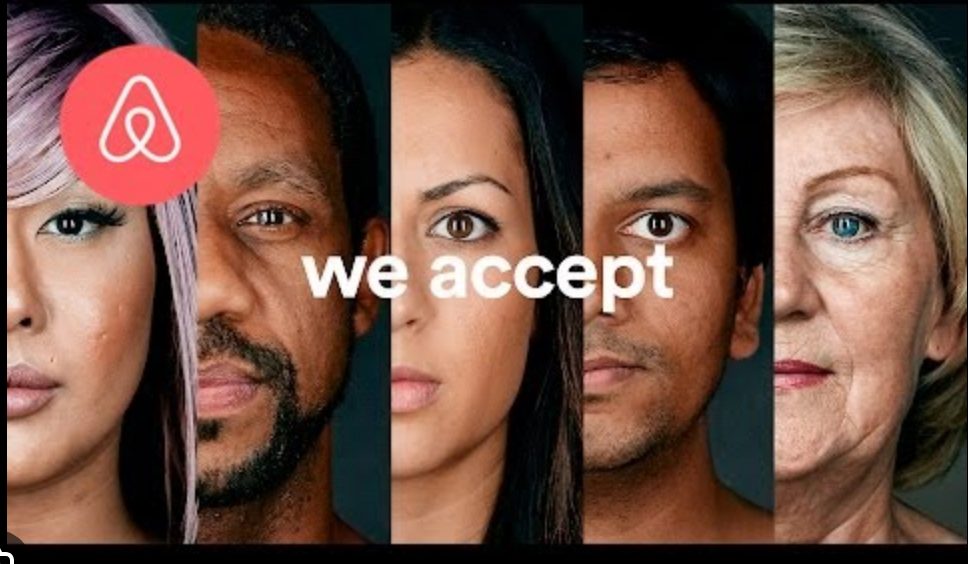
(Image taken from Airbnb’s YouTube channel.)
Airbnb’s #WeAccept campaign focused on inclusivity, aligning the brand with values of acceptance and community.
This campaign expanded Airbnb’s customer base by connecting with a broader audience through a powerful message shared widely across both digital and traditional media.
GoPro and Red Bull – Stratos
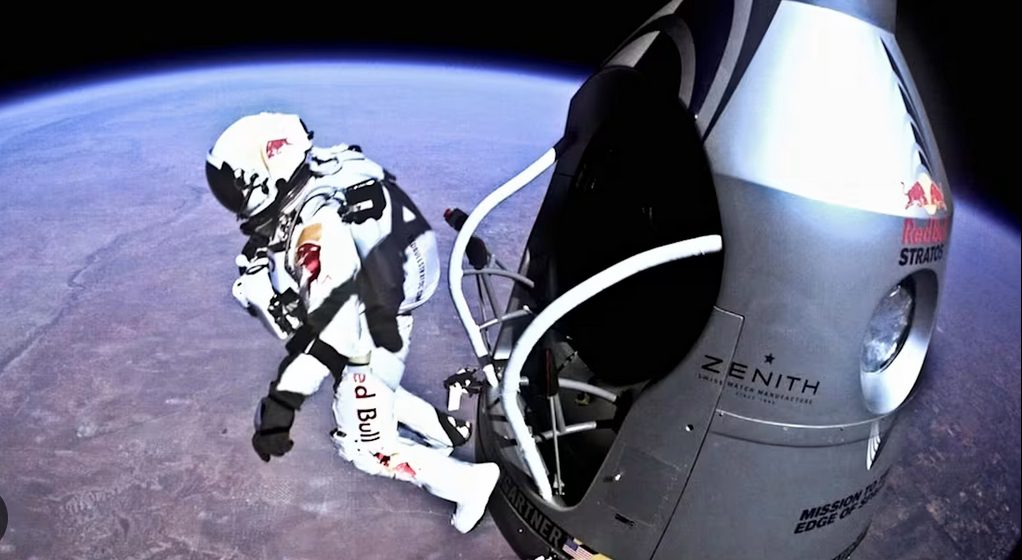
(Image taken from the RedBull website.)
We all remember this one, right? In 2012 GoPro and Red Bull collaborated on the Stratos campaign, where Felix Baumgartner’s jump from the edge of space was streamed live globally.
This campaign was a massive success in social media content, creating an unforgettable event that was shared widely. It combined content marketing with social media marketing to reach and engage millions.
Awareness advertising examples
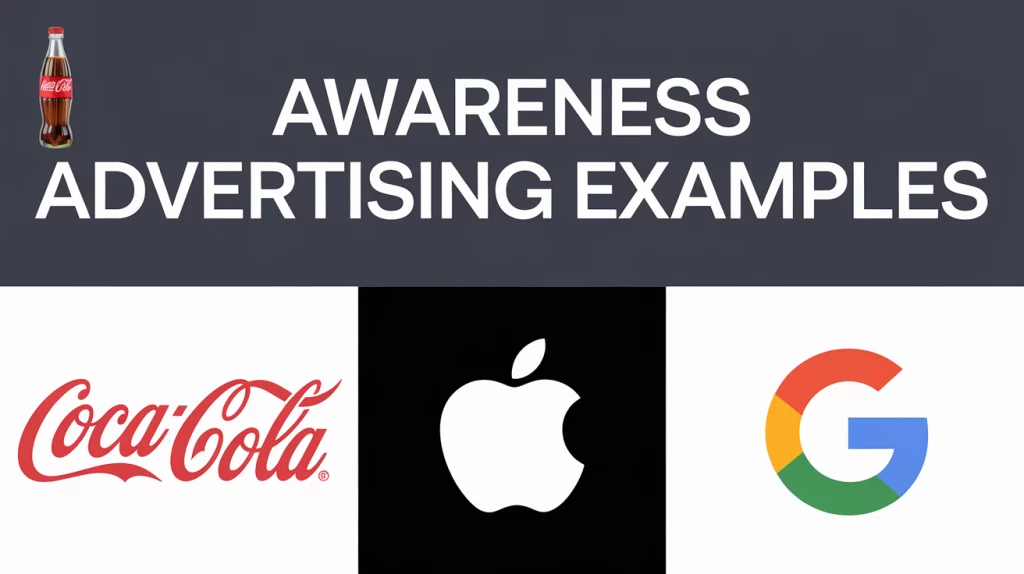
Unlike broader campaigns that weave various elements together, we found that the following examples focus specifically on the power of individual ads that have left a lasting impact.
Coca-Cola – Share a Coke:
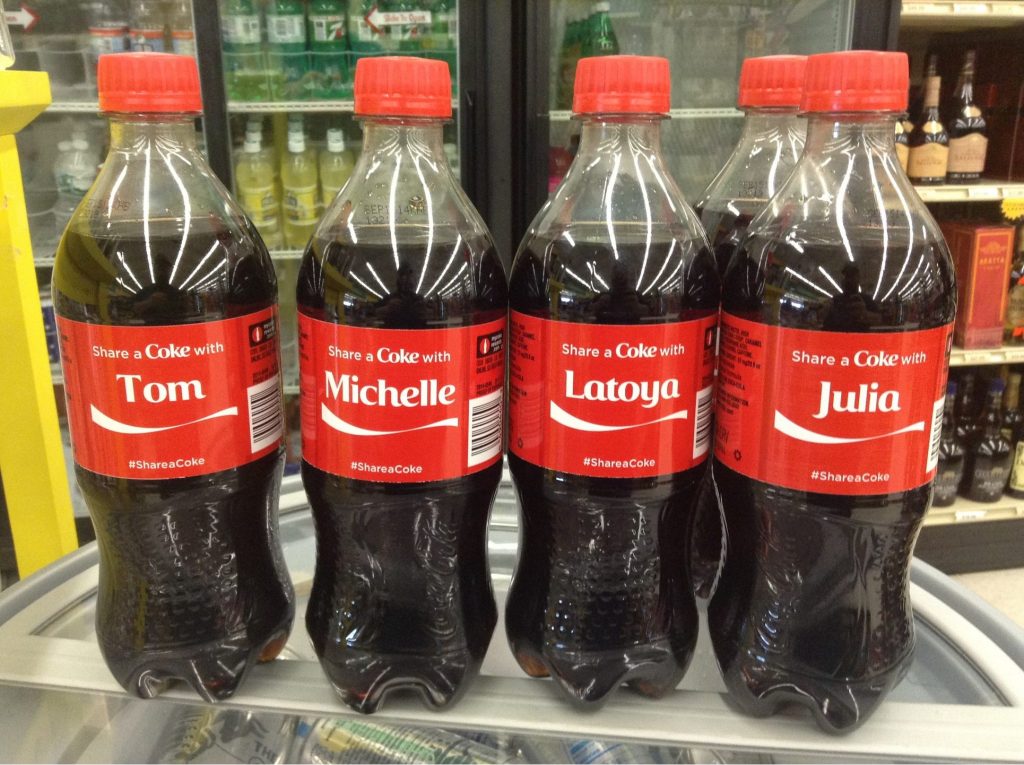
(Image taken from the Share a Coke Wikipedia.)
Remember that time Coca-Cola swapped its logo for common names? Suddenly, finding a Coke became a personal quest to find your name, or a friend’s, printed right there on the bottle.
It changed an everyday purchase into a personalized experience, fueling excitement and encouraging sharing on social media. This simple change revitalized the brand, showing how a touch of personalization can spark conversations and forge connections.
Apple – Get a Mac:

Image taken from the Apple Get a Mac ad (2006)
Apple’s “Get a Mac” campaign was a brilliant move. These ads, featuring two personified characters – a Mac and a PC – humorously highlighted the advantages of using a Mac.
The lighthearted approach chimed with younger, tech-savvy audiences, emphasizing Apple’s user-friendly and innovative image. This campaign further solidified Apple’s position as the brand of choice for those seeking a modern and creative computing experience.
Google – Parisian Love:
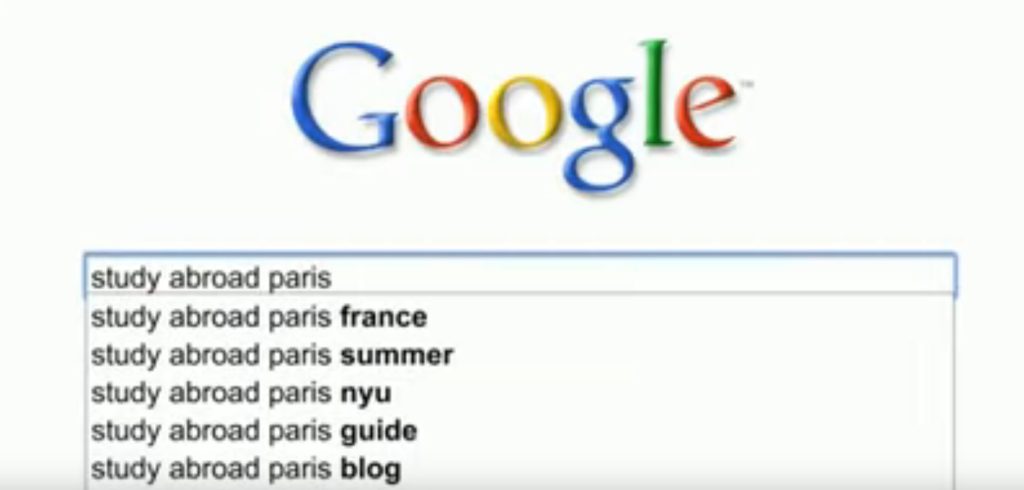
(Image taken from the Google Parisian Love 2010 Super Bowl XLIV Commercial)
Google’s “Parisian Love” commercial was storytelling at its best. It beautifully depicted a love story through a series of Google searches, subtly illustrating how Google is intricately woven into our everyday lives. Its poignant narrative, particularly during its Super Bowl debut, touched viewers on an emotional level, creating a powerful association between Google and the human experience.
Brand awareness campaigns
When you’re aiming to build brand awareness, the key is to craft campaigns that click with your target audience and cut through the noise of the marketplace.
A powerful brand awareness campaign reaches its audience across multiple platforms, ensuring a consistent message and maximizing exposure.
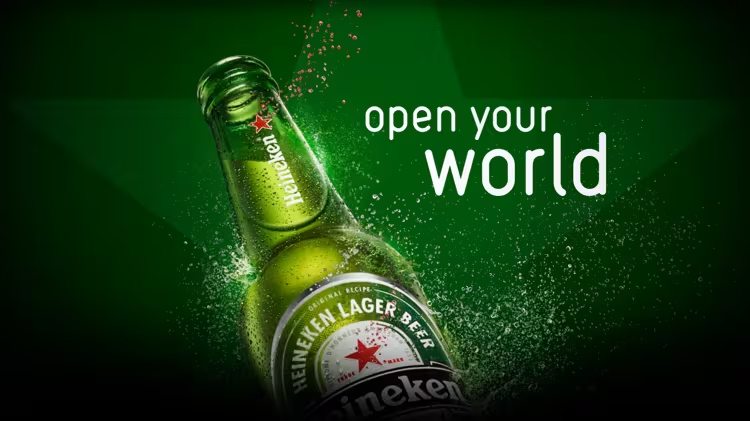
(Image taken from the Heineken | Open Your World Campaign)
For instance, Heineken’s “Open Your World” campaign used TV, social media, and experiential marketing. The campaign was centered around the idea of bridging divides and bringing people together over a beer. By aligning the brand with social connection and inclusion, Heineken was able to increase its global brand recognition significantly.
Emotional Connections Matter
But why do some campaigns stick with people more than others? We think the emotional connection is a really important factor.
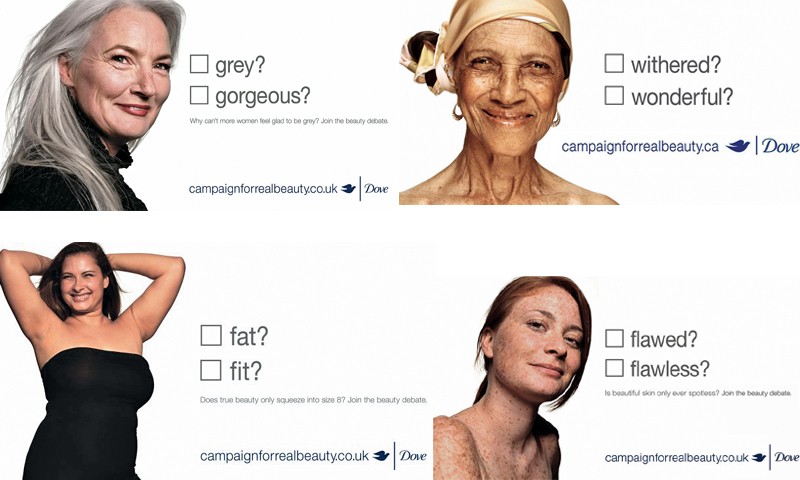
(Image taken from Christy Ahay Thomas’ article.)
Consider Dove’s “Real Beauty” campaign. This campaign challenged beauty stereotypes by featuring real women instead of models. It struck a chord with a broad audience, sparking conversations about beauty standards and self-esteem. The campaign led to a significant boost in brand perception and loyalty, proving that connecting on an emotional level can drive long-term success.
So, What’s Your Story?
Every brand has a story waiting to be told. To craft an effective brand awareness campaign, ask yourself:
- What unique problem does your product or service solve?
- How does your brand improve your customers’ lives?
- What values are at the core of your business?
Answering these questions will help you create a campaign that truly speaks to your target audience.
Brand awareness ads
We’ve covered various strategies and examples of impressive advertising, as well as a lot of other ground. Now, let’s examine the psychology behind brand awareness ads and show you how they use human cognition to create lasting impressions.
1. Cognitive Load Theory in Branding
Example: Apple’s Minimalist Ads
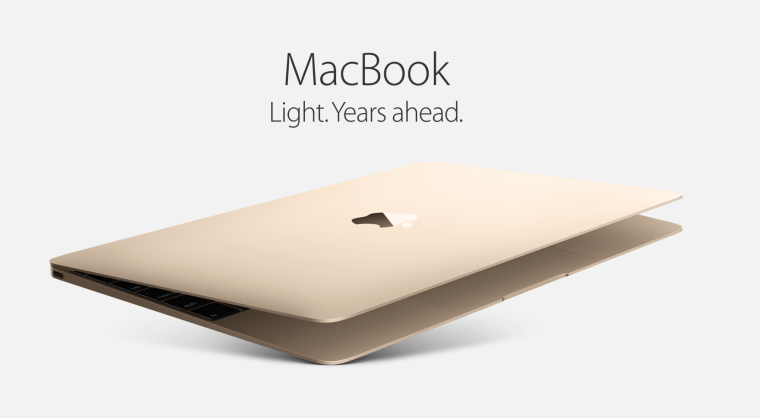
(Image taken from Gregory Schmidt article).
- Approach: Apple keeps its ads simple, focusing on one key feature or benefit. This minimalist approach reduces cognitive load, making the message clear and easy for you to remember.
- Impact: This strategy has helped Apple maintain strong brand recall, loyalty, and a 2 Trillion dollar company. Consumers remember the product and understand its relevance to their lives.
2. Color Psychology and Brand Identity
Example: McDonald’s Use of Red and Yellow
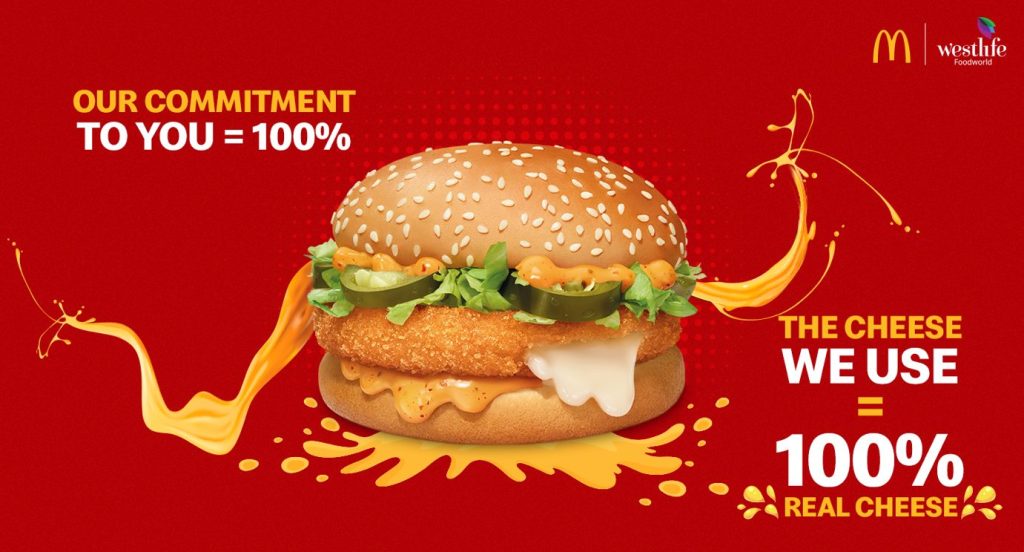
(Image taken from the McDonald’s blog).
- Approach: McDonald’s uses red to trigger appetite and yellow to create a sense of happiness and comfort. These colors align with the brand’s image as a fast, friendly, and family-oriented place.
- Impact: This color scheme has made McDonald’s one of the most recognizable brands globally. It drives customer traffic and influences behavior, reinforcing brand loyalty. Everyone and everywhere from Toronto to Tokyo recognizes the famous golden arches.
3. Primacy and Recency Effects

(Image taken from THE APPRENTICE Season 18 Official Trailer)
Example: BBC’s “The Apprentice” Trailers
- Approach: BBC’s “The Apprentice” trailers often feature the most dramatic moments at the beginning and end. This placement uses the primacy and recency effects, making these moments stand out and build anticipation for the show.
- Impact: This technique increases viewer recall and interest, contributing to the show’s high engagement and viewership. The compelling start grabs attention, and the strong finish leaves a lasting impression.
How to start an awareness campaign
Finally, let’s show you how to do all of this – step by step:
1. Decide Your Goal
Be specific. Do you want more people signing up for your newsletter, or are you focused on foot traffic? Pick something measurable. For example: “Get 200 new sign-ups in 30 days.”
2. Find Your Audience
Who are they, and where do they spend their time? If you’re targeting students, TikTok or Instagram might work. For professionals, LinkedIn would be a better fit, and for families and over 35s Facebook is your best choice.
3. Pick the Rightom Ment
Your timing needs to make sense. Is there a big event or season that aligns with your product? Selling educational tools? Promote it before September arrives. Launching software? Aim for a time when companies set budgets.
4. Keep It Simple
Your message has to be clear. What do people get from you, and why should they care? Include a direct action like “Sign up today for exclusive access.”
5. Choose Your Platforms
Think about where your audience is. Want to attract locals? Use geo-targeted ads that target specific areas close to your store.
6. Get People Involved
Keep your audience involved with interactive elements. Skip boring, passive content. Think about incorporating gamified experiences or virtual challenges. For example, fitness apps like Strava have succeeded by offering monthly challenges that keep users engaged and motivated, with badges and rewards for completion.
7. Use Micro-Influencers
For example, if you’re selling sports gear, someone like Nick Symmonds, an Olympic runner, could be a strong partner. His audience already trusts him for advice on performance, and his community will take that recommendation seriously.
8. Watch and Adjust
Use analytics tools to see what’s working. If one platform isn’t pulling its weight, focus more on the one that is.
Looking to create an awareness campaign?
In today’s crowded marketplace, it’s easy for your brand’s message to get drowned out. At Nomadic Advertising, we’re all about helping you find your unique voice and make it heard nice and loud.
We’ll partner with you to understand your goals, your audience, and your brand’s distinct personality.
Ready to make your brand stand out? We’d love to connect with you.
Book a free 30-minute consultation, and let’s explore how we can bring your vision to life.
Key Takeaways
- Awareness advertising builds brand recognition and familiarity.
- Campaigns should prioritize genuine connections and valuable content over hard selling.
- Identify your target audience and adapt your messaging to connect with them on a personal level.
- Combine creative strategies with consistent messaging across multiple platforms.
- Use storytelling, emotional connections, and psychological techniques to leave a lasting impression.

